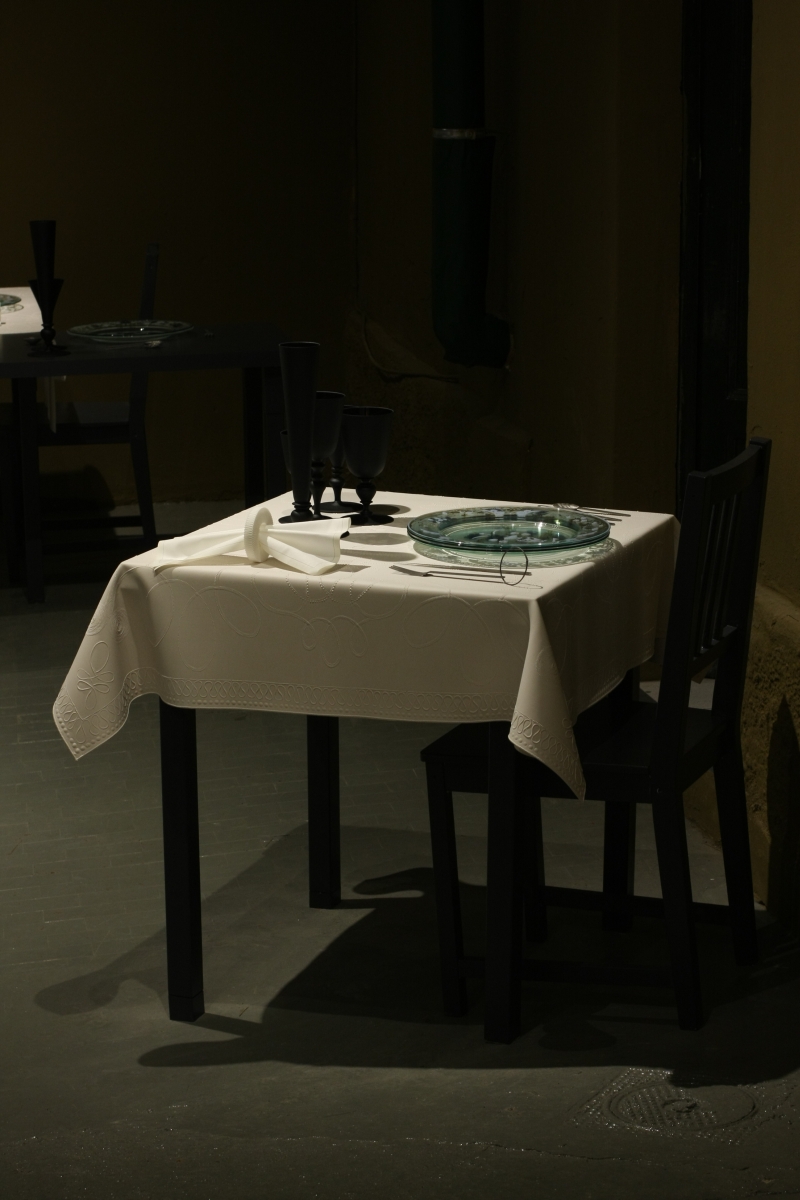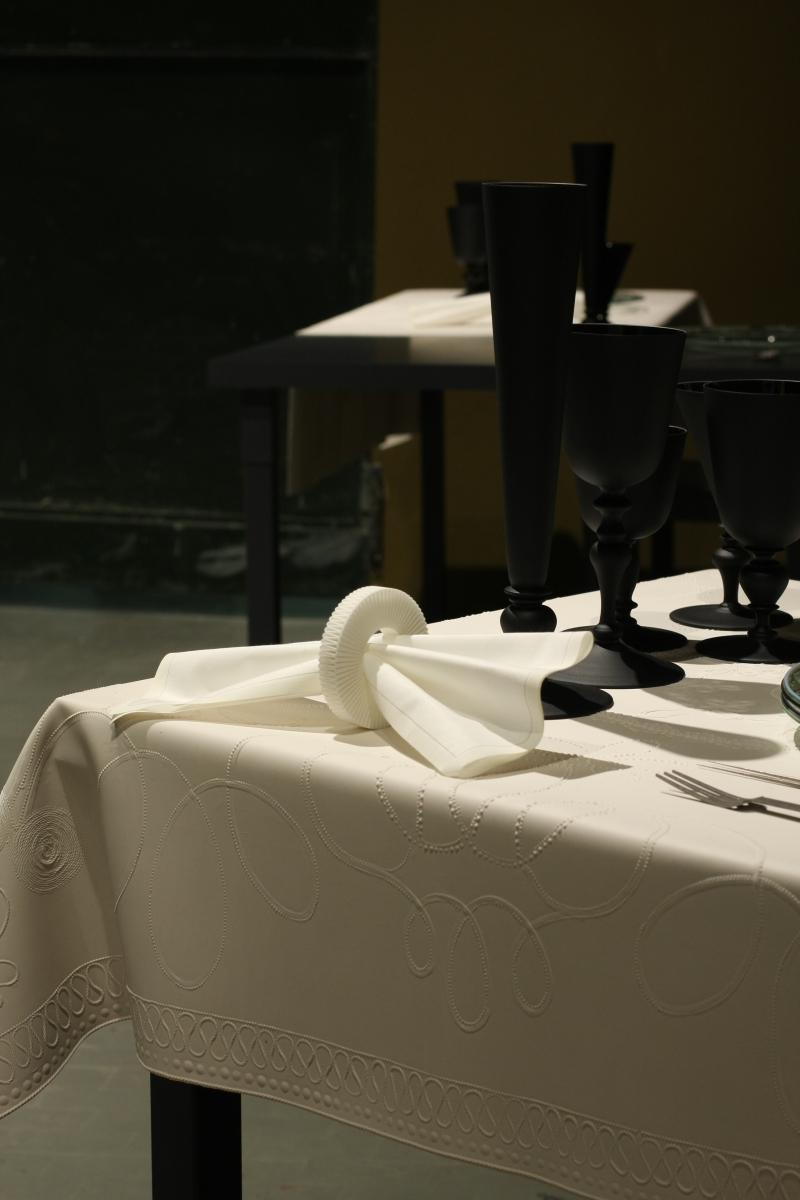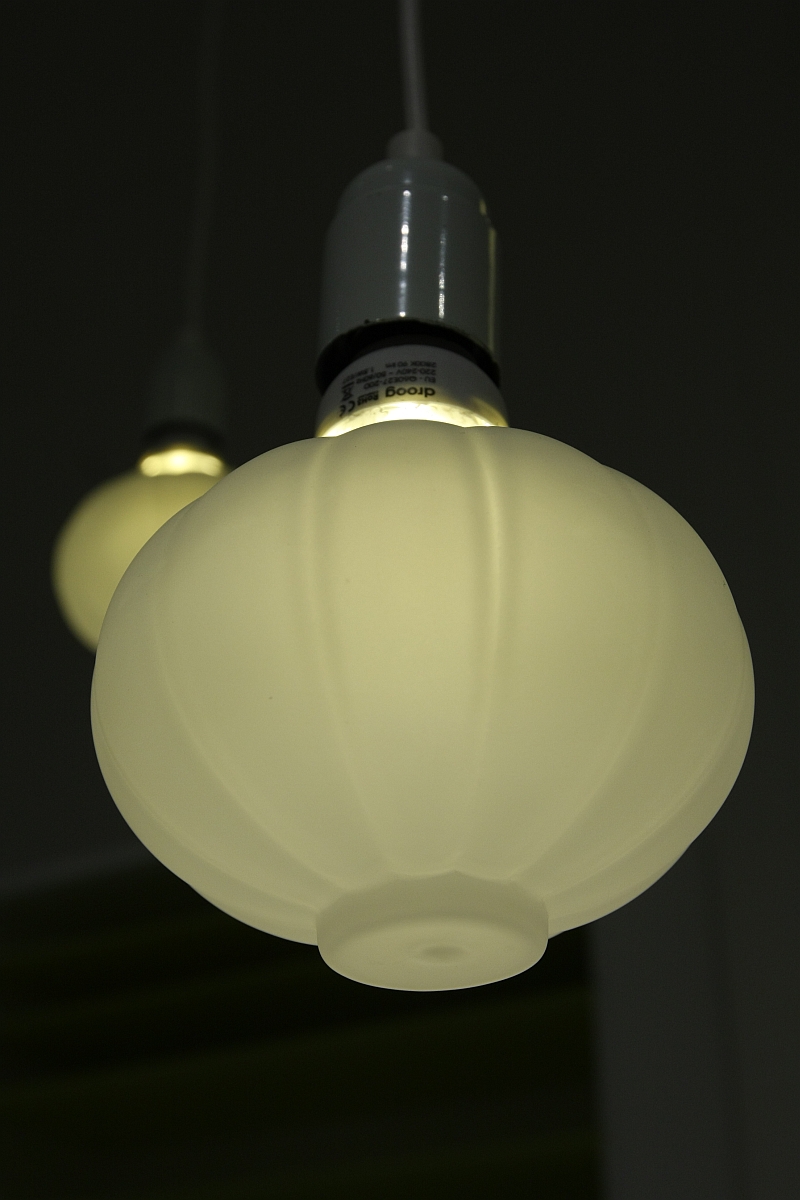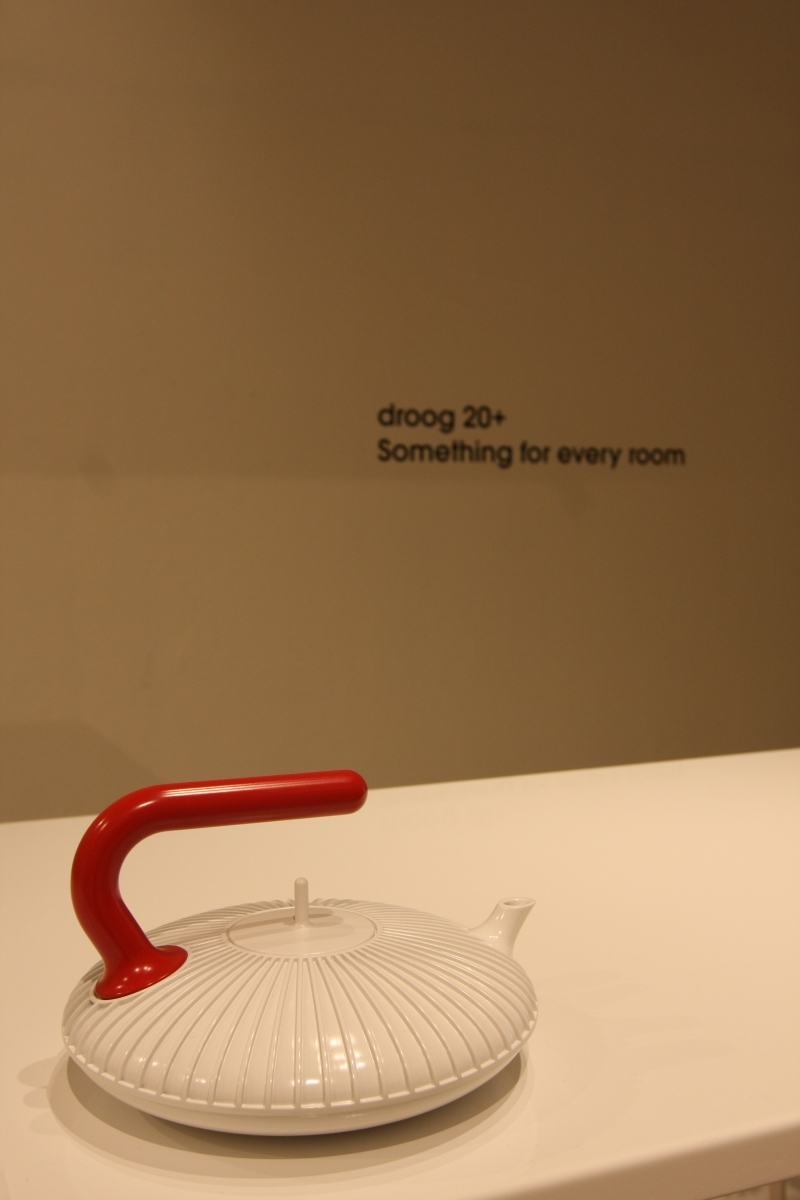Droog | Exhibitions and Shows | Fuorisalone | Fuorisalone Milan Design Week | Milan Design Week | Producer | Product
A few weeks ago in our post on the opening of the Droog Lab exhibition The New Original in Guangzhou, China we noted, "....knowing Droog we’re fairly certain that “The New Original” will be presented in Europe before too long. "
Droog didn't disappoint and the objects were displayed in Milan as part of the show "Droog 20+, Up to a beautiful future", 20 years of Droog celebrated by looking forwards rather than the more conventional backwards.
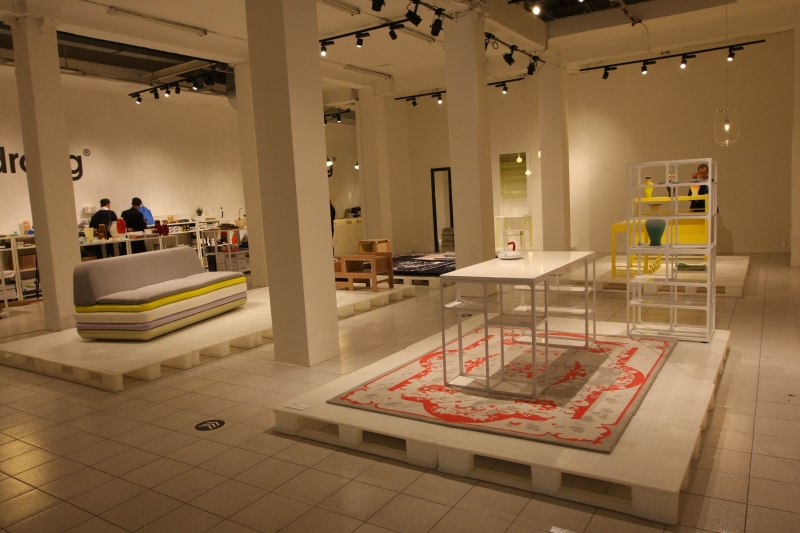
The background idea to The New Original is relatively simple: copying, according to Droog Lab, isn't always direct replication, more often than not copying involves a level of alteration, for example to meet local needs or reflect social and /or cultural differences. Since the popular conception is that the Chinese are world champions in copying, Droog Lab visited China and copied everyday Chinese objects, albeit with an adaptation for the European, western market.
The result is a truly engaging collection of objects.
While "Teapot with Handle" by Richard Hutten was chosen as the Poster Girl of the exhibition we were much more taken with Glass Lantern and LED Bulbs, both also from Richard Hutten and both objects which not only represent an excellent interpretation of the brief, but are truly delightful creations. Delightful creations that never would have been realised without The New Original.
Similarly the Family Vases and Five Function Cabinet by Studio Droog are lovely pieces of work and ones that could only have arisen within the context of such a basic research project.
We don't know what the long term plans are, we however expect you will soon find one or the other in you local Droog shop.
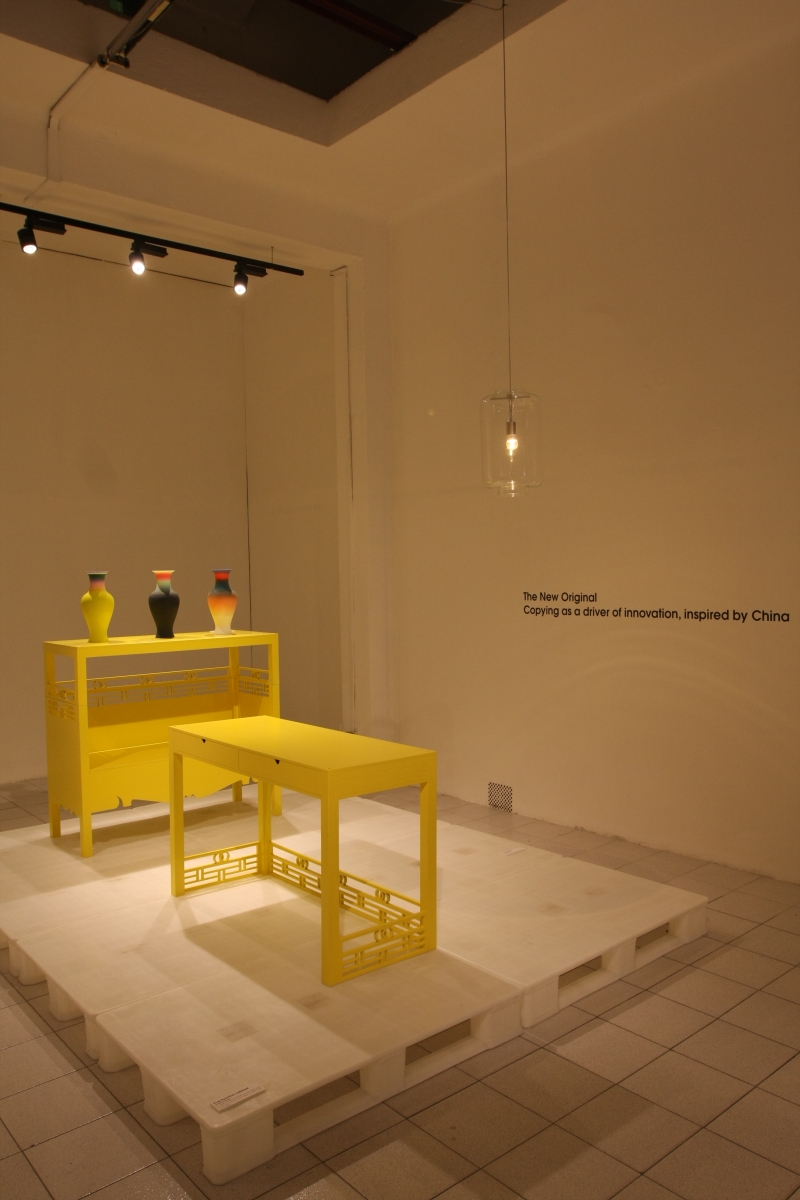
A further highlight of the far too compact "Droog 20+, Up to a beautiful future" was the results of the Rijksstudio project, Studio Droog's cooperation with Amsterdam based design studio deJongeKalff.
Rijksstudio is a digitalised databank of 125,000 works from the Rijksmuseum Amsterdam's collection and publicly available as a free online resource. Having digitalised the works Droog and deJongeKalff then went a stage further and borrowed images and moments from the databank and transformed them into real objects.
Copying, with an adaptation. If you like.
The highlights of the collection for us is Napkin Collar, a napkin ring inspired by a 17th century ruff, however notable mentions must also go to Tasting Glasses and Rubber Tablecloth.
One of the things we like about Droog is the fact they are essentially a design research agency, a conceptual troupe who sell products to finance the rest of their work.
Older readers will remember the 2011 Why Design ? symposium at the HFBK Hamburg when Andreas Brandolini said more or less the same about the early days of the Neues deutsches Design movement in Berlin: they sold products to raise capital. The products themselves having little or no meaning for their creators.
For ultimately much like there is no show without business, so to can design never completely free itself from industry.
The question is what is produced, how, in what quantities and with what motivation.
You don't have to like everything Droog do. And we certainly don't. But you do have to respect and admire the way they do it.
And hope that they continue doing it for the next twenty years.
